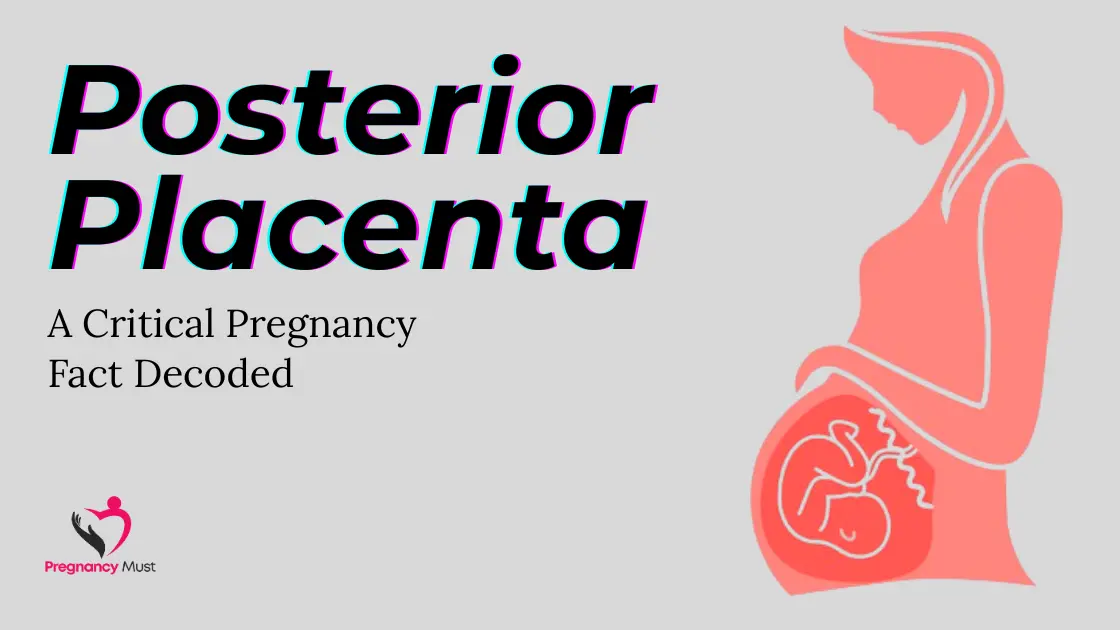Posterior placenta is a phrase pregnant mums are bound to hear during their pregnancy, with some mums-to-be left wondering what it all means. This thorough guide dives deep into the concept of posterior placenta, its implications, and everything you need to know to navigate this aspect of pregnancy with confidence. From its anatomical significance to its impact on delivery, we’ll cover all facets to ensure you’re well-informed.
What is a Posterior Placenta?
Where the placenta attaches to the back wall of the uterus closest to the mother’s spine is known as a posterior placenta. The placenta, an essential organ, develops to feed the fetus with oxygen and nutrients and remove waste in the course of pregnancy. The placenta posterior means that the placenta is posterior lying, which is just one of many positions (anterior, fundal, lateral). You do not need to worry; however, I will let you know exactly what it means when your placenta is posteriorly placed.
The significance of placenta posterior is anatomical. While it by no means suggests any complications, where the placenta is situated in your body can affect a few pregnancy things, like when you’ll start feeling the baby move and when you can expect to give birth. It is one which is recognized by sonography, typically at a 2nd trimester scan, and described in many case records as posterior placation.
Why Does Placental Position Matter?
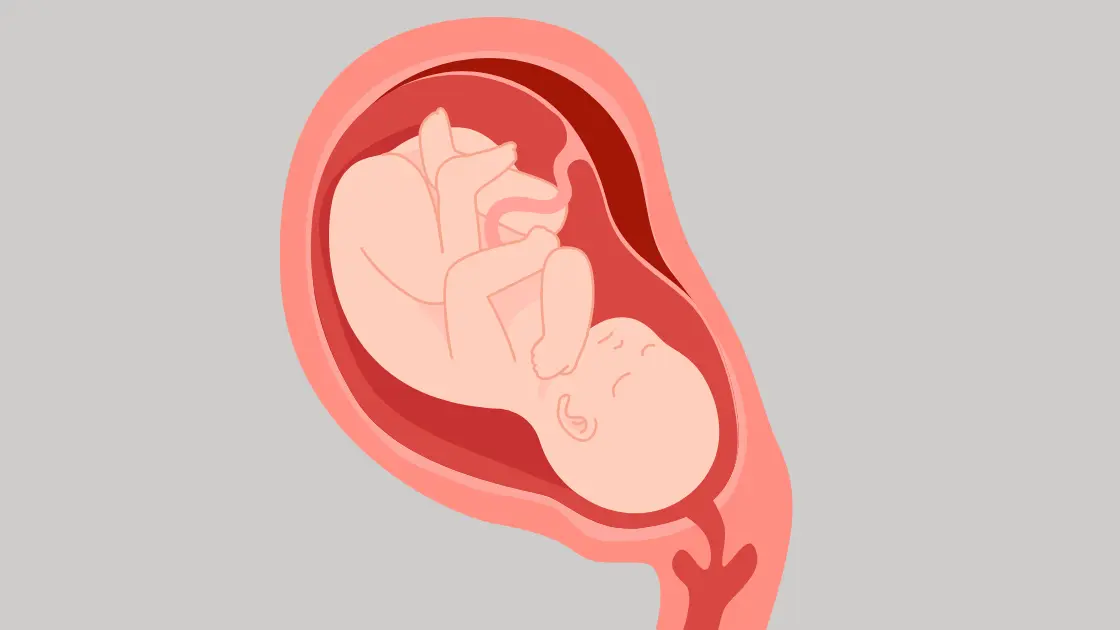
The position of the placenta, such as a posterior placenta, can affect how a mother experiences pregnancy. For instance, a placenta posterior may allow expectant mothers to feel fetal movements more distinctly earlier in pregnancy compared to an anterior placenta, where the placenta is on the front wall, cushioning kicks. The placenta is posterior, meaning it’s situated in a way that typically doesn’t obstruct the cervix, reducing the risk of conditions like placenta previa, where the placenta covers the cervical opening.
Understanding what is posterior placenta is about understanding the posterior placenta in pregnancy dynamics. Although it is usually harmless, healthcare providers watch its location carefully to make sure that it doesn’t interfere with labor or delivery. For instance, a low-lying placenta that is posterior may be monitored more closely to rule out complications.
How is a Posterior Placenta Diagnosed?
The diagnosis of a posterior placenta is made on an ultrasound which is usually performed at the time of routine prenatal scans around the 18-22-week mark. The placenta’s location will be indicated by the ultrasound technician, referred to as placenta posterior if it is attached to the back uterine wall. This information is used by physicians to determine whether posterior placentation influences fetal growth or the plans for fetal delivery.
The meaning of placenta posterior is often clarified during these scans, with healthcare providers explaining its implications. If the placenta is low lying, additional ultrasounds can be arranged to follow the placental position with the growth of the pregnancy and its upward movement as the uterus enlarges, as is commonly seen with posterior placental placentae.
Implications of a Posterior Placenta in Pregnancy
Having a posterior placenta generally doesn’t pose significant risks. Nevertheless its position can interfere certain aspects of pregnancy. For instance, women with a placenta that’s posterior may feel more pronounced fetal movements thanks to less placental tissue in the way, between the fetus and the wall of the abdomen. That can make the pregnancy feel a bit more interactive for some women.
The posterior placenta also means a lower risk of placenta previa: a condition that will require careful management. Nonetheless, it may still be associated with risks, including bleeding, mainly from the placenta trans posterior in the third trimester. If there are problems, they will be identified early and taken care of.
Posterior Placenta and Fetal Movement
A common feature of placenta praevia is the effect it has on the woman’s ability to feel the baby move. It’s because of the placenta on the back wall, which means it doesn’t cushion the baby’s kicks as much as an anterior placenta does. This is the reason why mothers could feel movements earlier or stronger and experience a sense of reassurance but also overstimulation at times.
Understanding placenta posterior in this context helps expectant mothers know what to expect. If movements feel unusually strong or infrequent, it’s worth discussing with a healthcare provider to ensure the baby is healthy, though a posterior placental position alone rarely causes issues.
Does a Posterior Placenta Affect Delivery?
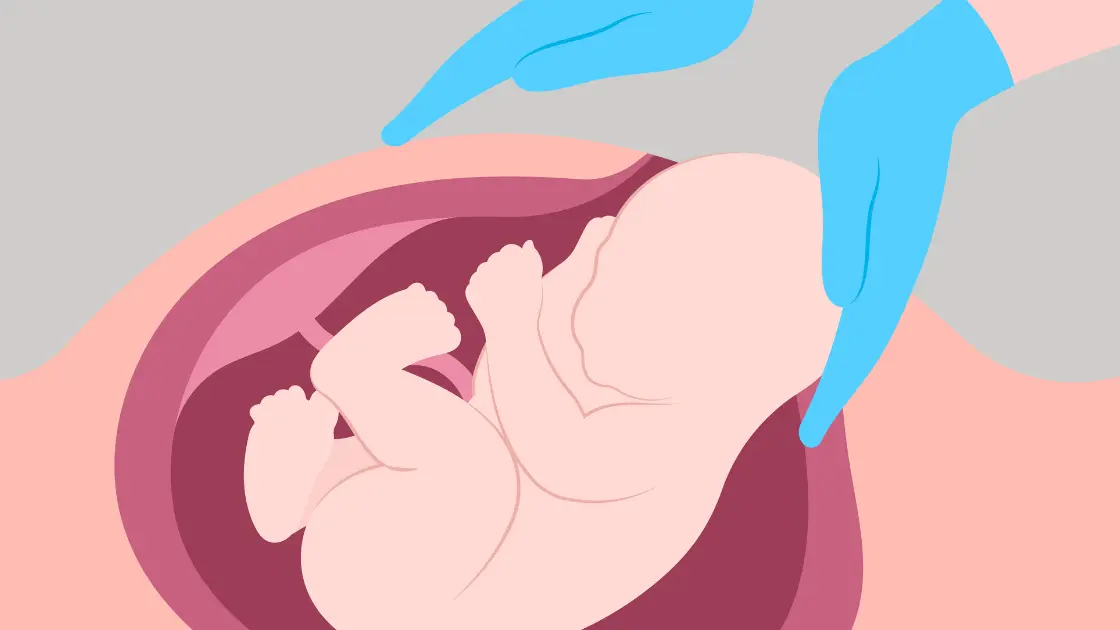
It is not usually a problem version for vaginal delivery, because it is situated in the vicinity of the cervix. If, however, it’s low-lying, there’s a small chance that it could cause complications like placenta previa, though this is less common with posterior placentation.
In most cases, a placenta posterior supports a straightforward delivery, whether vaginal or cesarean. During labor, obstetricians will review ultrasound results to verify the location of the placenta so there are no surprises.
Myths and Facts About Posterior Placenta
Pregnant women are commonly given confusing advice about placental location, particularly about the development of the placenta at the back of the womb. Mistakes from old wives’ tales, information from forums, or difficulty interpreting medical jargon. Some of these misconceptions may lead to undue concern, especially when the placenta posterior is not understood. Debunking these myths with science-based facts is essential for the peace of all of our minds. Understanding what it means to have a posterior placenta allows parents-to-be to distinguish fiction from fact. There’s so many myths or taboos or folklore about what the heck “placentation posterior” means – we’re just going to get into it and dispel the myths for you! Posterior placenta myths. The rear placenta is a source of much old wives’ tale. Let’s debunk a few:
Myth 1: A Posterior Placenta Causes Complications
This stems from confusion over placental terms, leading to unnecessary worry.
Fact: A placenta posterior is usually normal and doesn’t inherently lead to issues. It’s a common position that effectively nourishes the fetus. Complications like previa or abruption can occur in any placement, but a low-lying posterior placenta may need ultrasound monitoring—it often resolves naturally.
Myth 2: It Determines the Baby’s Gender
Old wives’ tales link placental position to sex prediction.
Fact: The meaning of placenta posterior has no correlation with gender; it’s purely anatomical. The site of implantation depends on uterine factors, not chromosomes. Gender is confirmed via genetics or anatomy scans, unrelated to the placental posterior.
Myth 3: It Always Means an Easier Delivery
Assumption arises because it’s away from the cervix.
Fact: While placentation posterior often supports uncomplicated delivery by reducing previa risk, other factors like fetal position (e.g., breech) matter. Delivery depends on overall health and labor dynamics, not just posterior placental location.
In summary, a posterior placenta is typically benign—consult your doctor for personalized advice on what a posterior placenta means for you.
Understanding these truths helps expectant mothers approach their pregnancy with clarity.
Posterior Placenta and Pregnancy Complications
While a posterior placenta is typically benign, certain scenarios warrant attention. A placenta low lying posterior may be a cause for concern regarding bleeding or early labor, but it is rarely the cause. Regular ultrasounds track such cases and the alert can be raised timely.
The posterior placental position is less likely to cause placenta previa compared to anterior placements, but vigilance is key. Talking with your doctor about what placenta posterior means for you will help explain potential placenta posterior risks for your pregnancy.
Lifestyle Tips for a Healthy Pregnancy with a Posterior Placenta
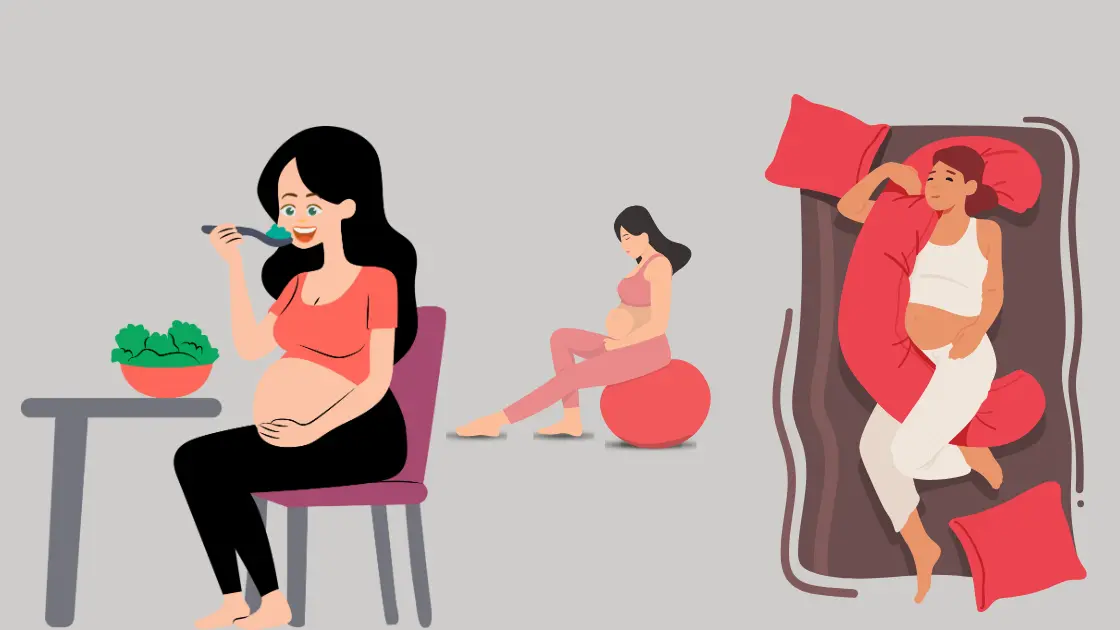
Regular Checkups
Ensure consistent ultrasound monitoring to track the posterior placenta position. Routine prenatal care (including ultrasound) is crucial to ensure the placenta posterior remains in a safe position as the uterus expands throughout gestation. Ultrasounds, which are usually done around 18-22 weeks and later if necessary, can determine if the posterior placental position is low-lying, which can create risks such as bleeding. Surveillance allows for prompt intervention; however, most cases of placentation posterior are not complicated and migrate upwards spontaneously. These visits offer peace of mind and allow your healthcare provider to keep track of how your pregnancy is progressing.
Balanced Diet
Support placental health with nutrient-rich foods like leafy greens and lean proteins. The role of the posterior placenta is well-regulated when it comes to the transport of nutrients and oxygen to the baby, via a balanced diet. It will also consume any food along the way – foods that are nutrient-dense and slow-burning, such as spinach, kale, chicken, fish and legumes, delivering key vitamins (folate and iron) and proteins that support the growth of the fetus and placental function. Not depending on processed foods and getting enough hydration contributes to the placenta posterior doing great work. A nutrient-rich diet reduces the risks of complications and supports overall maternal health, regardless of the meaning of placenta posterior.
Moderate Exercise
Activities like prenatal yoga can promote circulation without stressing the placental posterior. Since it is a form of mild exercise, which increases the blood flow, it helps the back placenta to increase its efficiency providing the baby with nutrition. These are all low-impact ways to build muscle, and to reduce stress without adding tension to the uterus. As with everything, always listen to your doctor when you are not sure if it is safe, and in some instances of issues with a posterior placenta (like a low-lying one), you may need to modify. Exercise fosters a healthy pregnancy environment, complementing the placenta, which is posterior, meaning stability.
Stay Informed
Knowing you have a posterior placenta means being vigilant about symptoms such as abnormal bleeding. Understanding what placenta posterior means gives you the ability to identify what is normal and, in some cases, what may be concerning. For example, light spotting may be normal, but heavy bleeding or pain needs medical treatment. Stay informed by trusted sources and speak to your doctor to calm your fears associated with posterior placentation. You can be proactive to guarantee you’re ready for any changes in your posterior placental pregnancy; this creates confidence and safety on your part.
In short, these recommendations (regular checkups, good nutrition, moderate exercise, staying informed) are positive for all pregnant women with a baby sited posterior because they ensure good placental function, monitor any risks that may develop, and keep you empowered. Seek personalized advice from your doctor.
Posterior Placenta and Ultrasound Monitoring
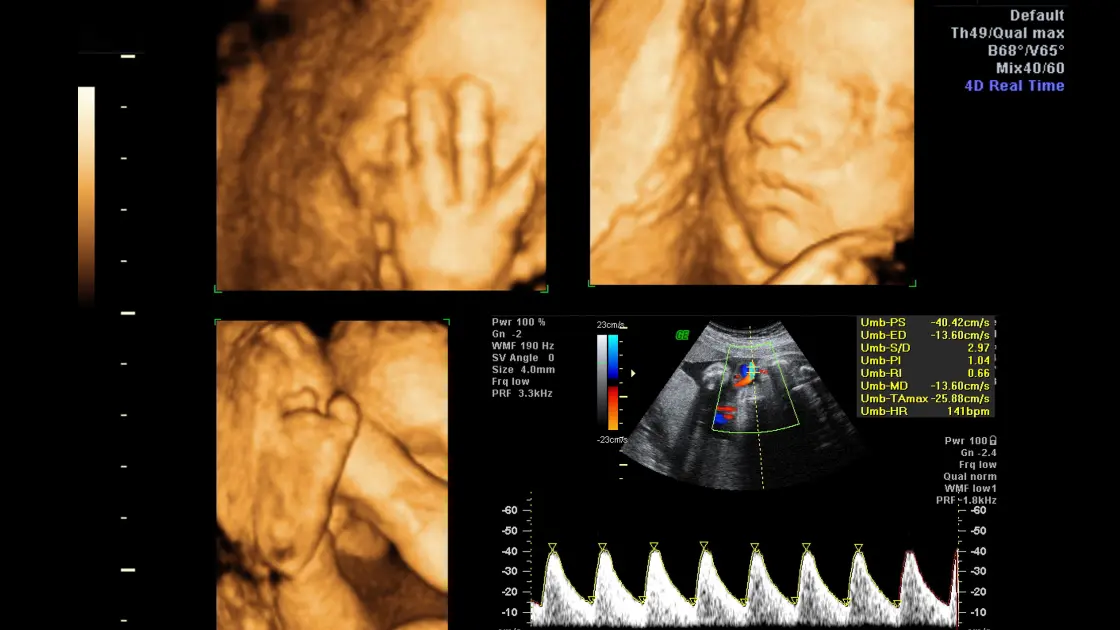
Ultrasounds are a very important way to follow a posterior placenta. They make sure the placenta posterior is still posterior and safe during the growth! A low-lying posterior placental placement in early pregnancy will usually migrate upwards in mid-pregnancy, clarifying any problems.
This term implies, and can only be known through, these scans, which show highly detailed pictures of the placenta positioned in relation to the cervix. Ongoing observation allows for early detection of change and supports healthy pregnancy progression.
Emotional Impact of Learning About a Posterior Placenta
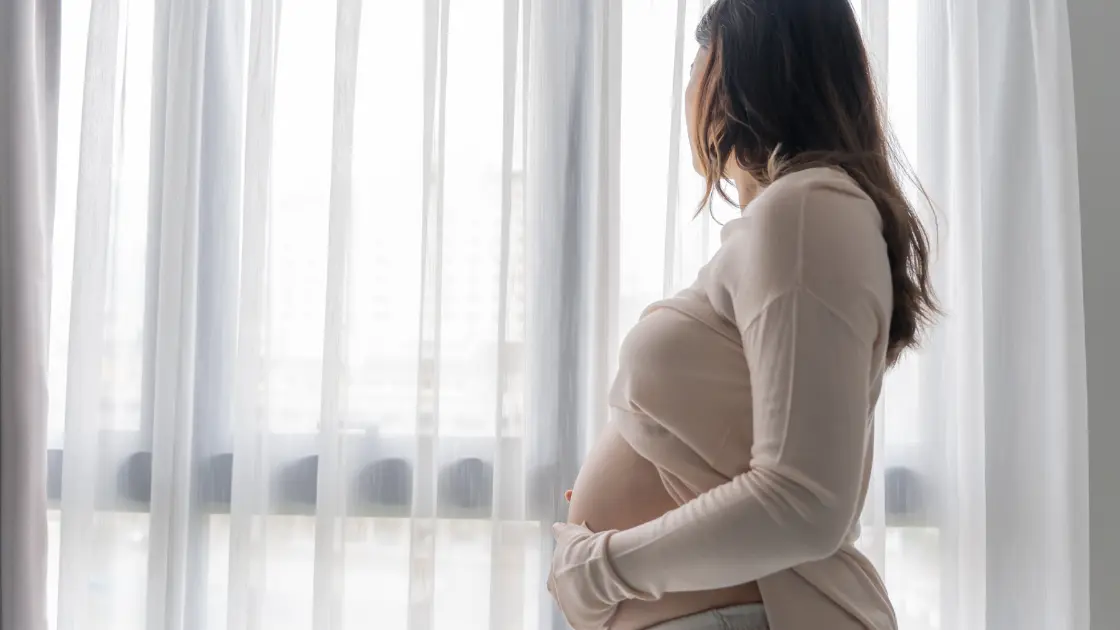
Discovering you have a posterior placenta can evoke mixed emotions, especially if you’re unfamiliar with the term. The placentation posterior might sound concerning, but it’s typically normal. Speaking with your healthcare provider about what posterior placenta means can ease anxiety.
Joining pregnancy support groups or forums can also help. One of the most important reasons for opening up is another mother sharing with you how they coped with their placenta being posterior, which can give you comfort and advice and makes you feel less alone.
Preparing for Labor with a Posterior Placenta
As delivery approaches, understanding the posterior placenta’s role can help you prepare. Since it’s usually positioned away from the cervix, a placenta posterior supports vaginal delivery in most cases. However, discussing birth plans with your obstetrician ensures all factors, including placentation posterior, are considered.
If a cesarean is planned, the meaning of placenta posterior may influence surgical approaches, though complications are rare. Because it’s typically situated far from the cervix, a placenta posterior favors vaginal birth in the majority of cases.
FAQs
What does posterior placenta mean?
A posterior placenta means the placenta is attached to the back wall of the uterus, near the spine. It’s a common position and usually doesn’t cause complications.
Is a placenta posterior dangerous?
Typically, a placenta posterior is not dangerous. It’s a normal variation, but low-lying cases may need monitoring to avoid issues like bleeding.
How does placentation posterior affect fetal movement?
A placentation posterior allows mothers to feel fetal movements more clearly, as there’s less placental tissue cushioning the baby’s kicks.
Can a posterior placental position change?
Yes, a posterior placental position may shift slightly as the uterus grows, often moving upward, especially if initially low-lying.
What’s the meaning of placenta posterior for delivery?
The meaning of placenta posterior for delivery is generally positive, as it rarely obstructs the cervix, supporting uncomplicated vaginal births.
Conclusion
Posterior placentas are a normal part of pregnancy for many women. By knowing what posterior placenta means, its implications, and how to monitor it, you can start your pregnancy journey with confidence! A healthy pregnancy is ensured with regular prenatal checkups, open dialogue with the doctor and an active approach, regardless of whether mommy’s placenta is posterior or not! Stay informed, stay empowered, and embrace this remarkable phase of life.
Explore more on Pregnancy Must –
